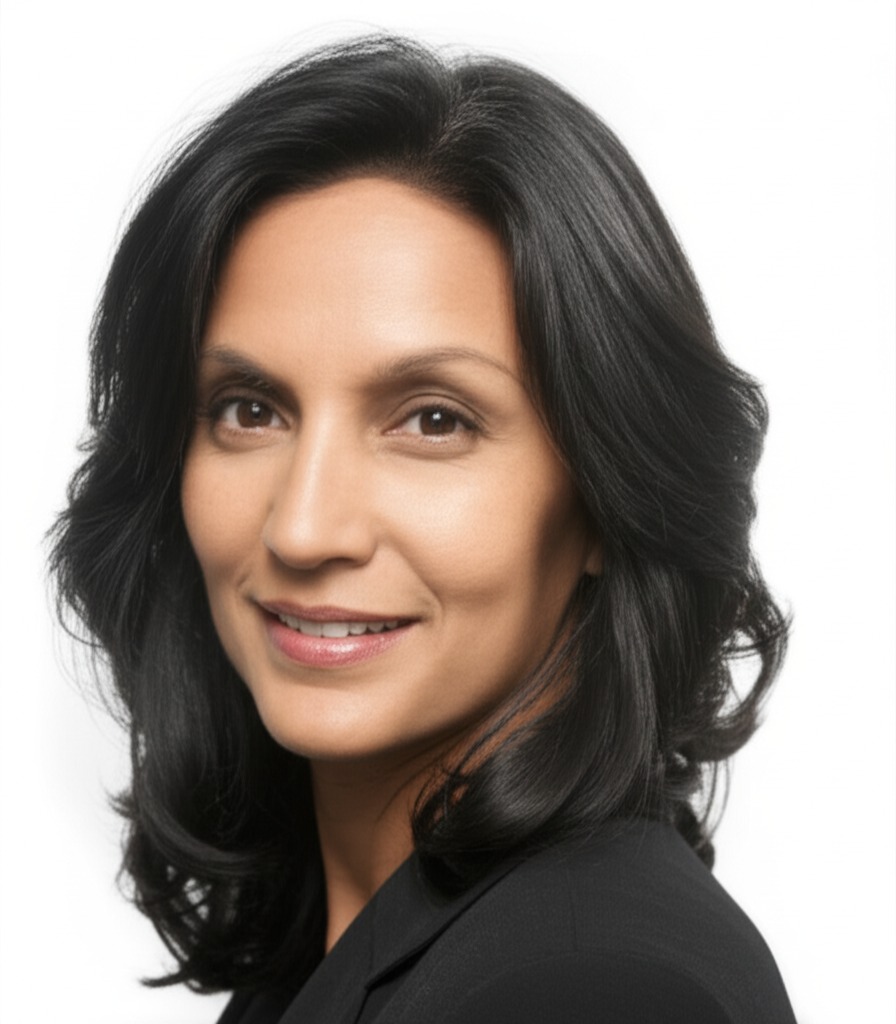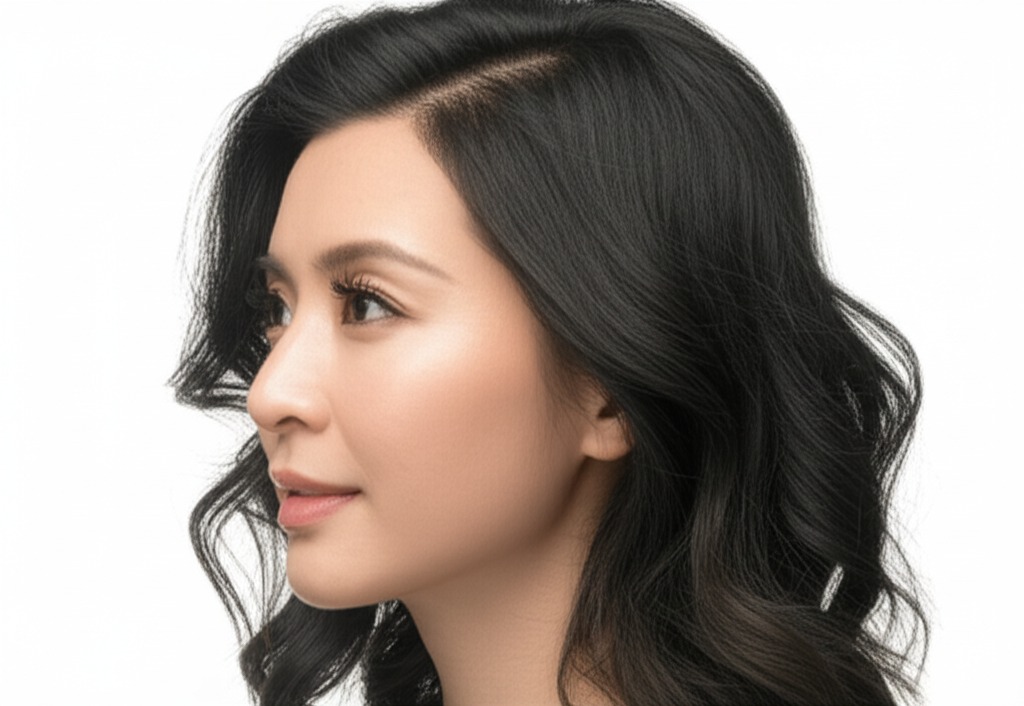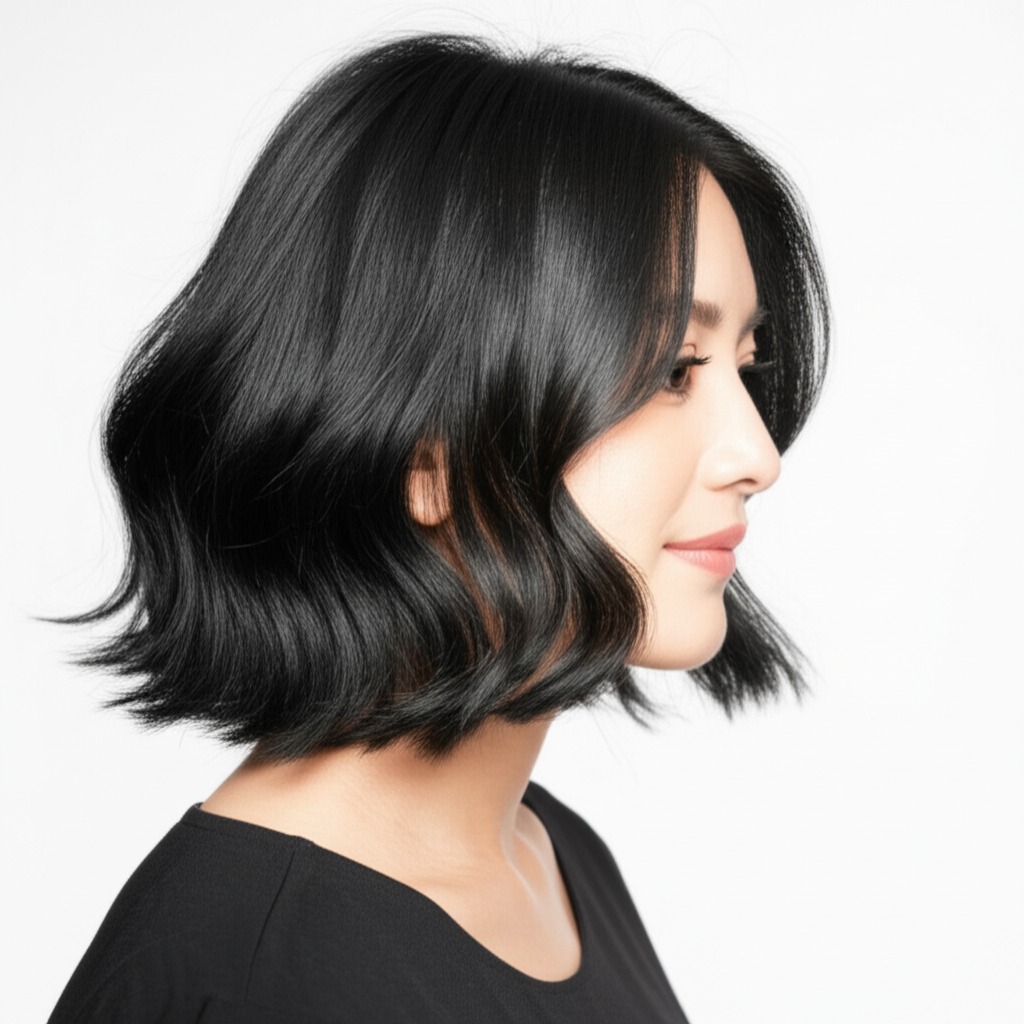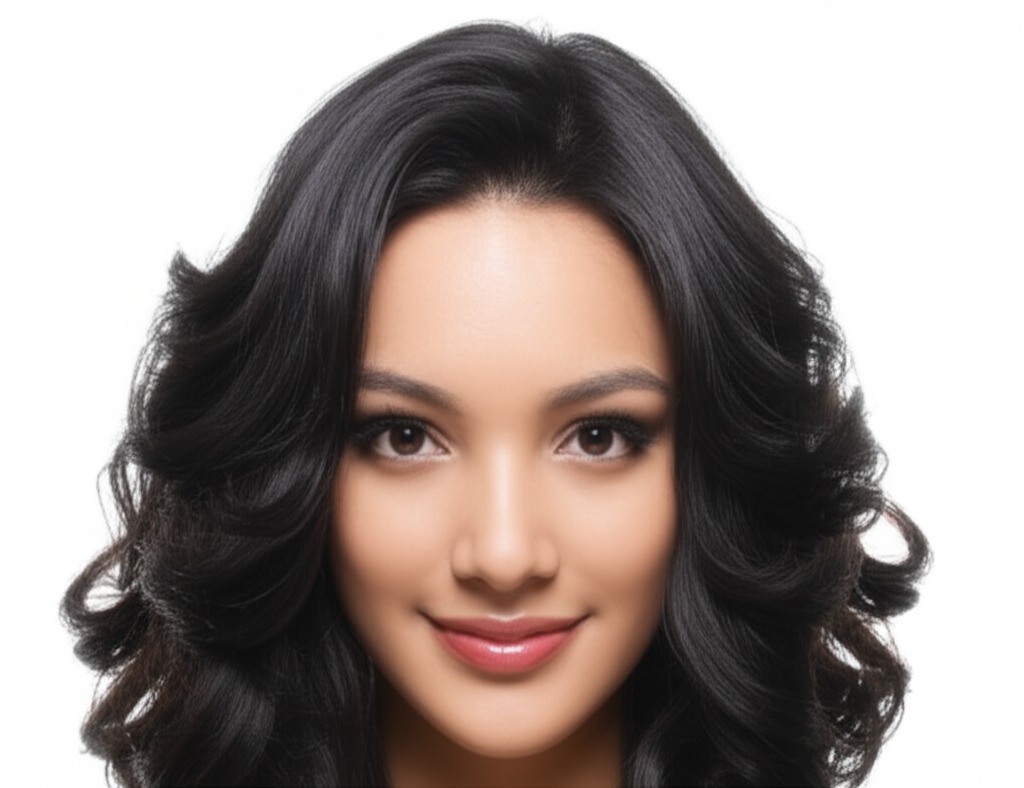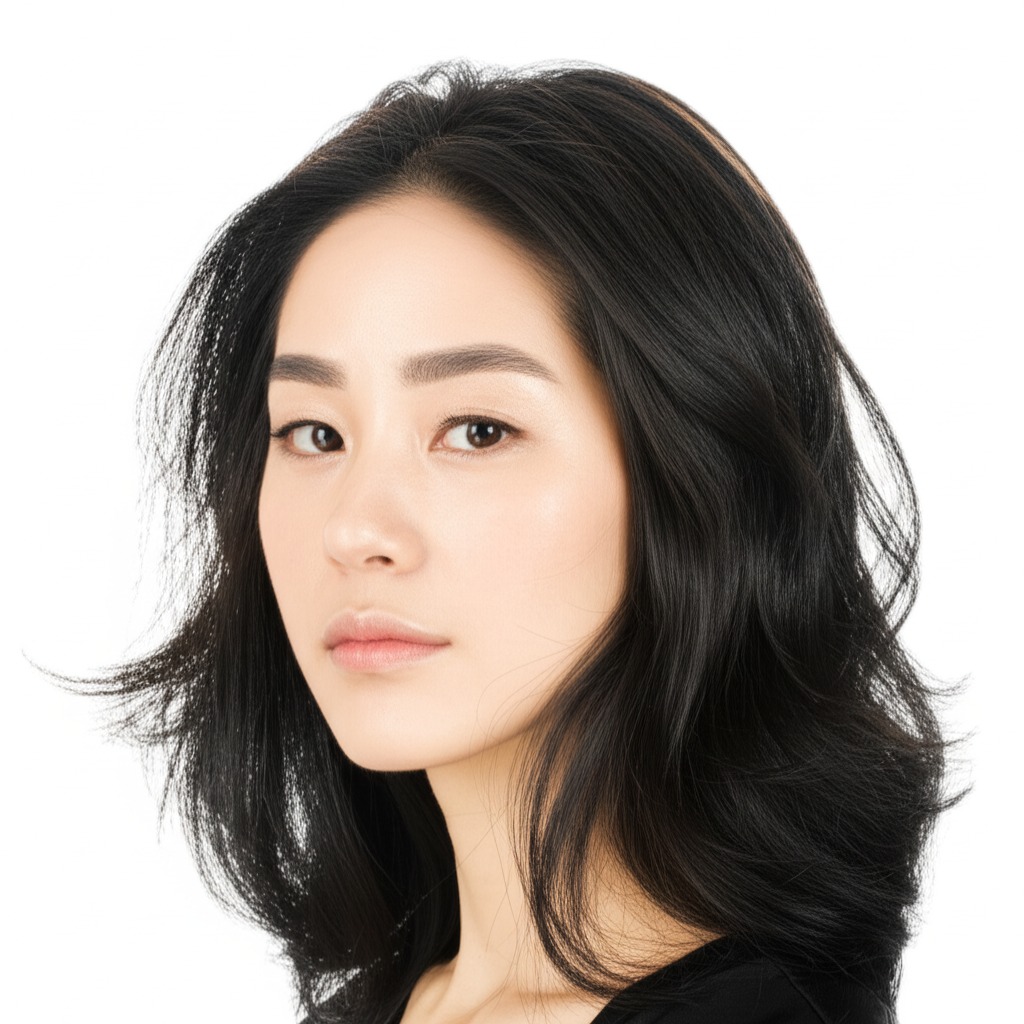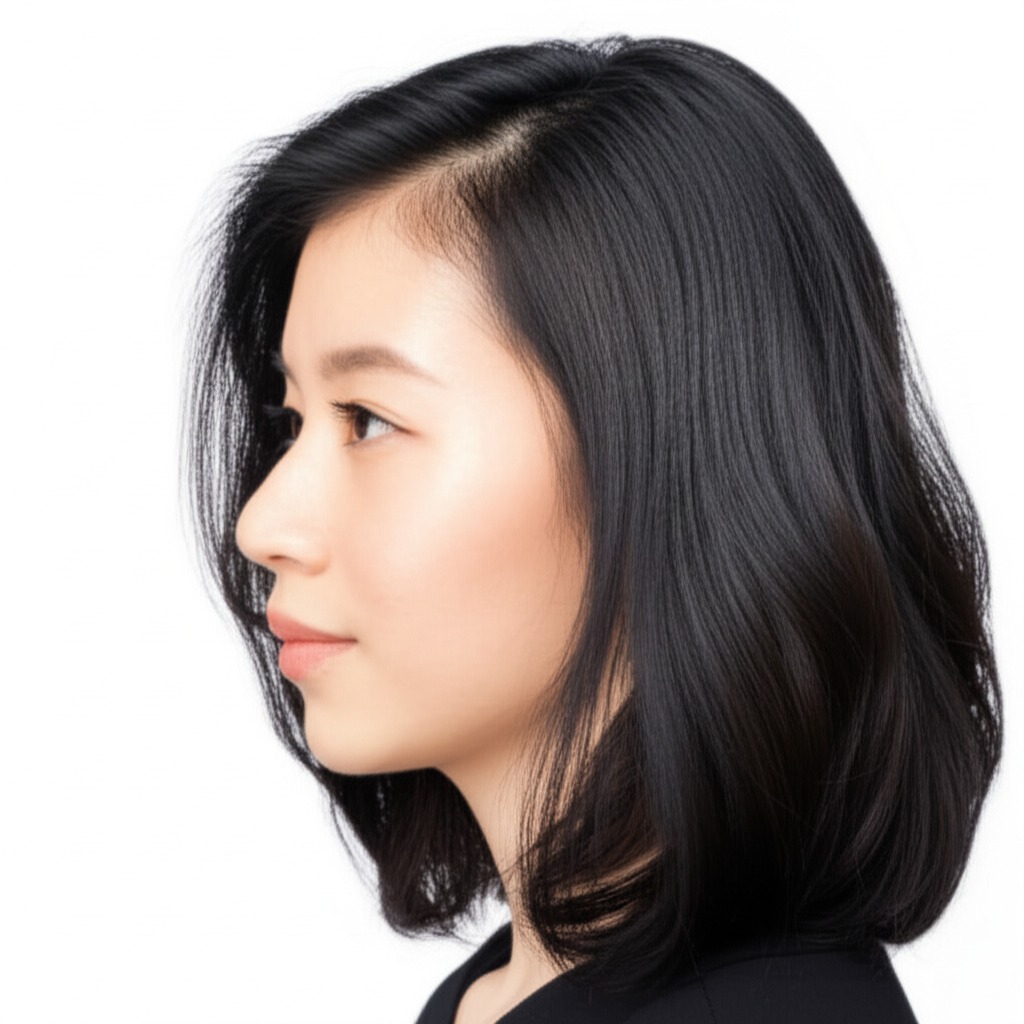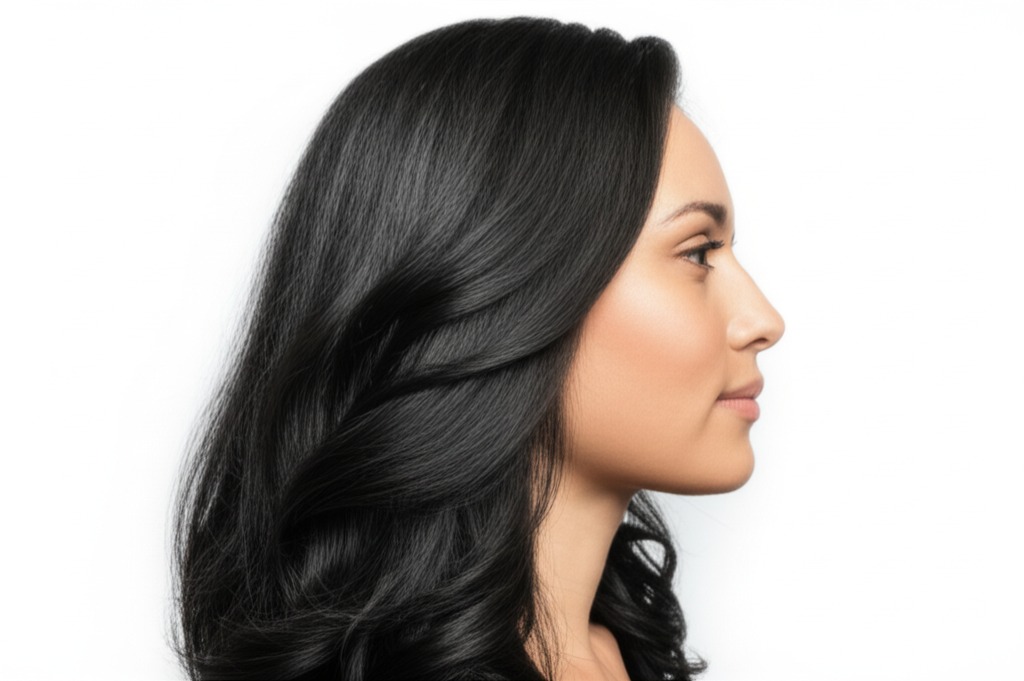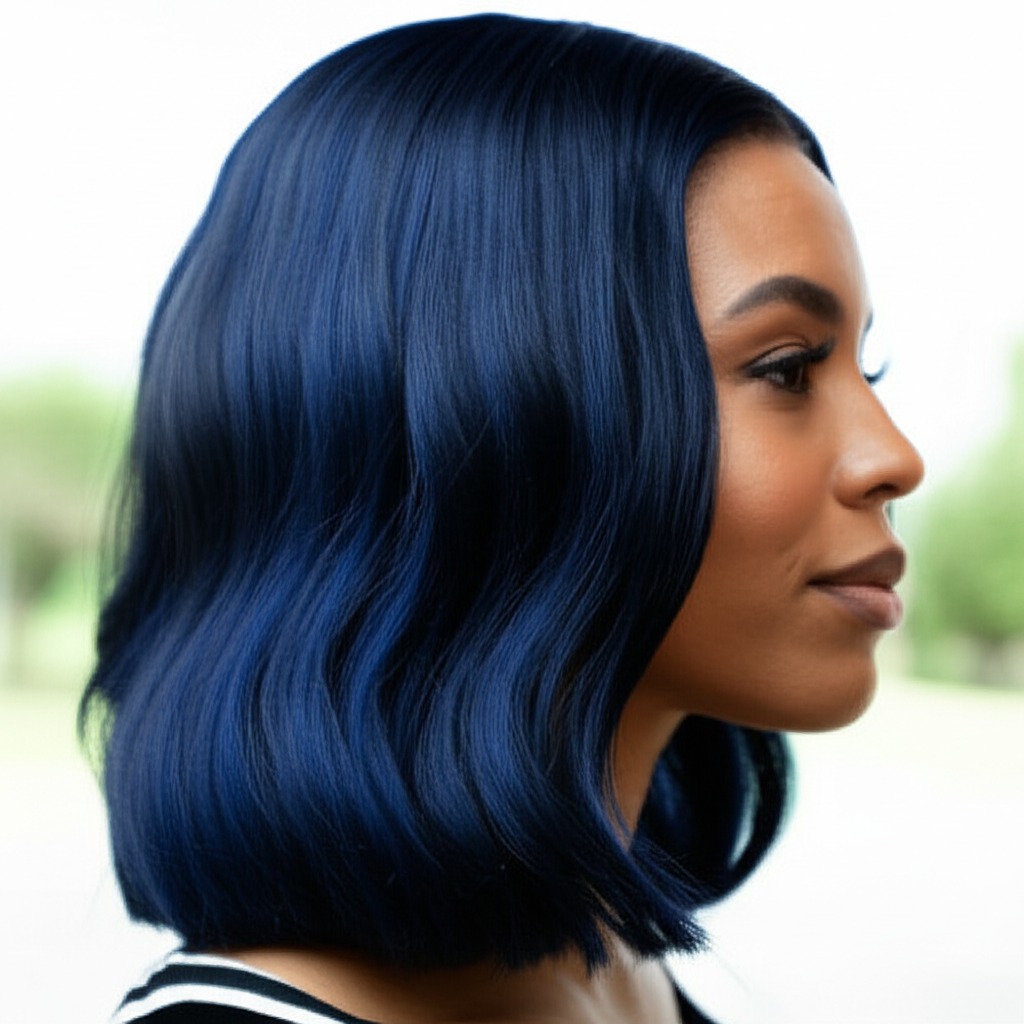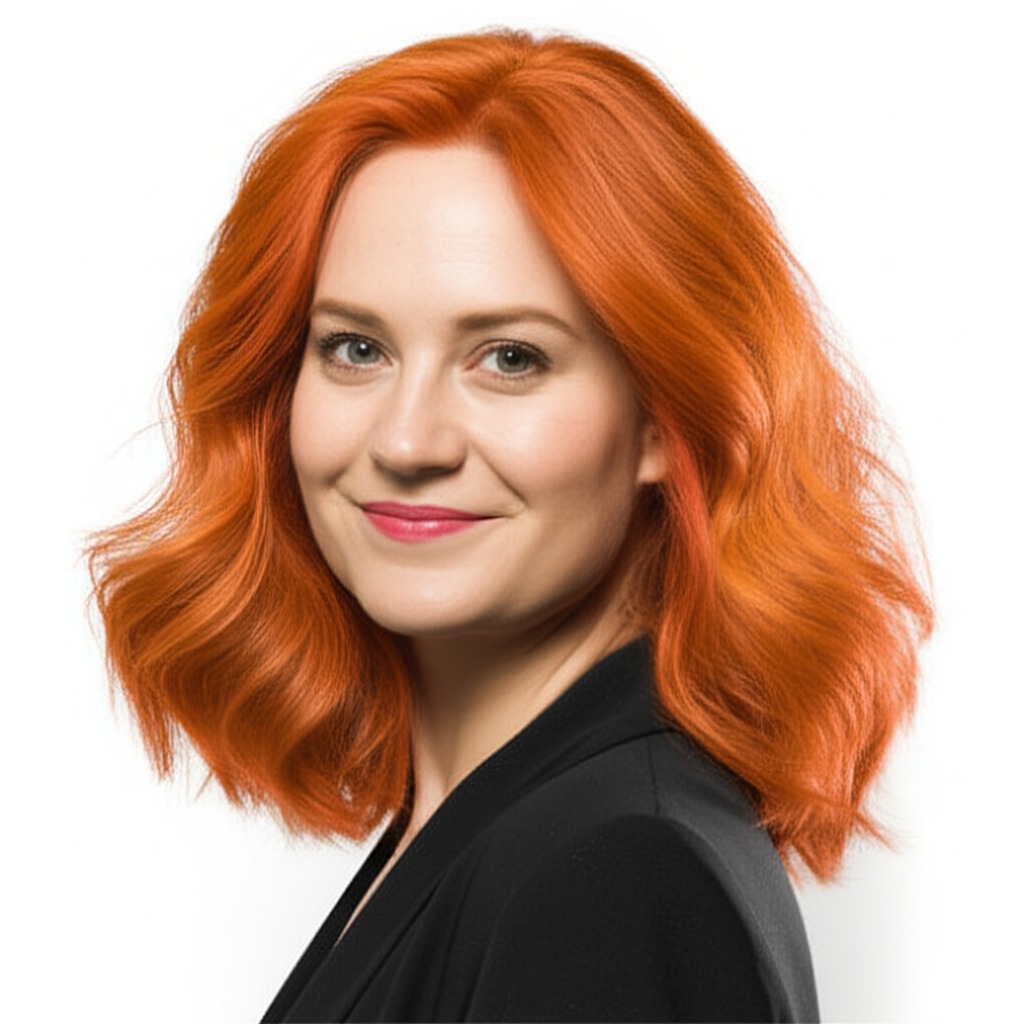#Embracing the Depth of Soft Black Hair Color
Soft black is a captivating hair color – it’s not quite as stark as true black, offering more dimension and a softer feel. It's a powerful choice that can elevate your look, but understanding its nuances is key to achieving (and maintaining) beautiful results. This guide will walk you through everything you need to know about soft black hair color, from undertones to at-home care.
#1. Shade Definition: Understanding the Details
"Soft black" isn’t a single shade; it's a family of colors. It generally refers to a very dark brown with cool or neutral undertones that almost reads as black in certain lighting. Here's what you need to know about its components:
- Undertone: This is crucial! Soft blacks are almost always either cool (blue/violet base) or neutral. Warm-toned soft blacks tend to pull too red and lose the desired depth, looking more like dark chocolate brown.
- Cool Undertones: These create a sophisticated, sleek look that complements cool skin tones. They reflect light in a way that can make features appear sharper.
- Neutral Undertones: A good option if you're unsure of your undertone or want something universally flattering. They offer balance and depth without leaning too cold or warm.
- Depth (Levels): Hair color is measured on a level scale, typically 1-10, with 1 being the darkest black and 10 being the lightest blonde. Soft black generally sits between levels 2-4, depending on how much light it reflects. A level 2 will be closer to true black; a level 4 will have more noticeable brown tones.
#2. Who Does Soft Black Flatter?
Choosing a hair color is about more than just liking the shade – it's about finding what complements you.
- Skin Tone & Undertone:
- Cool Skin Tones (pink, red, or blue undertones): Soft black with cool undertones will create stunning contrast and enhance your complexion. Think fair skin with rosy cheeks or olive skin with a cooler cast.
- Neutral Skin Tones (greenish or yellow-neutral undertones): You can usually pull off either cool or neutral soft blacks, offering flexibility in choosing the perfect shade.
- Warm Skin Tones (golden, peachy, or yellow undertones): While possible to achieve a soft black with warm skin tones, it requires careful consideration and potentially some pre-color work to avoid looking washed out. A softer level 4 might be preferable.
- Eye Colors: Soft black looks particularly striking against:
- Blue Eyes: The contrast is dramatic and eye-catching.
- Green Eyes: Enhances the richness of green eyes, making them appear even more vibrant.
- Brown Eyes: Deepens brown eyes and adds a touch of mystery.
- Natural Level Starting Point: The easier it will be to achieve soft black depends on your current hair color.
- Levels 1-3 (Dark Brown/Black): A single process is often enough, but a gloss might be needed for richness and depth.
- Levels 4-6 (Medium Brown): May require multiple sessions or pre-color treatment to achieve the desired darkness without compromising hair health.
- Levels 7+ (Light Brown/Dark Blonde): Significant color correction will be necessary, which takes time and potentially several appointments.
#3. Technique Options: Finding Your Perfect Application
The application technique dramatically impacts the final result.
- Single-Process: The most straightforward approach for those already close to a dark level. It covers existing color evenly.
- Highlights/Lowlights: Adding subtle highlights (lighter pieces) or lowlights (darker pieces) can create dimension and movement, especially helpful if your hair lacks natural contrast.
- Babylights: Very fine, delicate highlights that mimic the sun-kissed look of a child’s hair. Adds brightness without drastic change.
- Gloss/Toner: Essential for achieving the correct undertone (cool or neutral) and adding shine. A gloss can also refresh color between full appointments.
- Balayage-Effect vs Solid:
- Solid Color: Provides a uniform, sleek look – great for those wanting a bold statement.
- Balayage-Effect: Hand-painted highlights create soft, natural-looking dimension and are lower maintenance as the roots grow out.
#4. Maintenance & Longevity: Planning Ahead
Soft black requires commitment to keep it looking its best.
- Wash Frequency: Aim for 2-3 times a week with color-safe shampoo.
- Toner Refresh: Cool soft blacks are prone to warmth (brassiness). A toner refresh every 6-8 weeks is crucial to maintain the cool undertone and prevent dullness. Neutral soft black may require less frequent toning.
- Root Growth Pacing: The contrast between your natural root color and the dyed hair will be noticeable as it grows out. Plan for touch-ups every 4-6 weeks, depending on how quickly your roots grow.
- Budget/Time Planning: This is a moderate to high maintenance color. Expect salon visits every 4-8 weeks (depending on technique), costing anywhere from $150-$400+ per visit. At-home toner adds another $20-$50 monthly expense.
#5. Seasonality & Pairing with Cuts: Adapting Your Look
- Bob/Lob: Soft black looks incredibly chic and sophisticated with a blunt bob or lob, emphasizing the sharp lines of the cut.
- Long Layers: Adds movement and dimension to longer hair, softening the intensity of the color.
- Pixie Cut: A bold choice that showcases the richness and depth of soft black, especially for those with strong facial features.
- Seasonal Tweaks: In winter, a cooler-toned soft black can look particularly striking against pale skin. During summer, consider adding subtle babylights to brighten your overall appearance.
- Event/Occasion Picks: Perfect for work (professional and polished), daytime events (creates a dramatic impact), evening looks (adds sophistication), and even weddings – just ensure it complements the overall aesthetic.
#6. At-Home Care: Protecting Your Investment
Proper care is vital to prolonging your color's vibrancy.
- Sulfate-Free Shampoo: Sulfates strip hair of its natural oils, leading to faster fading.
- Clarifying Cadence: Use a clarifying shampoo (once every 4-6 weeks) to remove product buildup that can dull the color.
- Heat Protection: Always use a heat protectant spray before using any hot styling tools.
- Color-Safe Styling Tips: Avoid harsh chemicals and excessive sun exposure, which can both fade your color. Rinse hair with cool water to seal the cuticle and lock in moisture.
- Product Checklist: Color-safe shampoo & conditioner, deep conditioning mask, heat protectant spray, leave-in conditioner (especially for dry or damaged hair).
#7. Common Pitfalls: Avoiding Disasters
- Brassiness: Cool soft blacks are prone to brassiness due to mineral deposits in water and oxidation. Regular toning is the best defense.
- Banding: Uneven color application, often caused by overlapping dye during a single-process or highlights/lowlights. A skilled stylist can minimize this risk.
- Patchiness: Can occur if your hair has previously been colored unevenly or if the color isn't applied correctly.
#8. Pros & Cons: Weighing Your Options
Pros:
- Dramatic and Sophisticated: Creates a striking, polished look.
- Versatile with Cuts: Complements various hairstyles.
- Can Enhance Features: Makes eyes appear brighter and skin tone more vibrant.
Cons:
- High Maintenance: Requires regular salon visits and at-home care.
- Fade Risk: Cool tones tend to fade faster than warmer tones, requiring more frequent toning.
- Difficult Color Correction: Significant color correction is needed for those starting with lighter hair levels.
#9. Salon Consultation Script: Setting Expectations
Before committing to soft black, discuss these points with your stylist:
- "I'm interested in a soft black color – I want it to have [cool/neutral] undertones."
- “What level are we aiming for? (e.g., Level 3 or 4)”
- "Can you explain the best technique for my hair type and current color?"
- "How often will I need to come in for touch-ups and toning?"
- "What at-home products do you recommend to maintain the color?”
- “Could we discuss a plan if my natural roots are significantly lighter than the desired soft black shade?”
#10. FAQs: Your Burning Questions Answered
- Can I achieve soft black on grey hair? Yes, but it requires careful formulation and potentially multiple applications to ensure even coverage.
- Will soft black make my teeth look yellow? Dark colors can sometimes create a contrast that makes teeth appear less white. Proper lighting and makeup (a touch of rosy blush) can help counteract this effect.
- Does soft black damage hair? Any chemical process can cause some dryness, but proper care and conditioning will minimize the impact.
- How long does soft black last before needing a refresh? The color itself lasts several weeks, but the cool undertone requires toning every 6-8 weeks to prevent brassiness.
- Can I tone my hair at home if it’s gone brassy? Yes, but proceed with caution! It's best to consult your stylist before attempting this, as incorrect toner application can lead to unwanted results.
- What if I hate the color after getting it done? While a drastic change is difficult to reverse immediately (especially without damaging hair), your stylist can often adjust the tone or add dimension with highlights/lowlights to soften the look.
This guide provides a comprehensive overview of soft black hair color. Remember that individual results may vary, and consulting with a professional hairstylist is always recommended for personalized advice and application.
